
How to get dead flaky skin off a dog
How to get dead flaky skin off a dog? If you’ve ever buried your face in your golden retriever “Max’s” fur for a cuddle, only to pull back with tiny white flakes clinging to your sweater
Will my dog’s paw pad heal on its own? If you’ve ever ended a walk with your Australian shepherd “Milo” to find tiny spots of blood on the sidewalk, then noticed a ragged scratch on his paw pad, your first thought was probably panic. Those tough little cushions seem indestructible—until they’re not. The good news? Most minor paw pad injuries do heal on their own, thanks to a dog’s amazing natural recovery abilities. But knowing when to step in (and when to let nature work) is key.
Let’s start with why paw pads are built to bounce back. A dog’s paw pad has three layers: a tough outer skin (like a built-in shoe), a middle layer with blood vessels, and a soft inner layer. Small scrapes or cracks—think nicks from gravel or a quick brush with hot pavement—trigger the body’s repair mode. Blood clots to stop bleeding, and new skin cells rush to cover the wound. For example, if Milo scrapes his pad on a rough curb, the outer layer might peel a bit, but within 3-5 days, you’ll notice fresh, pink skin underneath. His natural oils even help keep the area moisturized, preventing further cracking. But here’s the catch: deep wounds (like cuts that bleed heavily), burns, or signs of infection (pus, swelling, a foul smell) need more than time—they need a vet’s care.
So, how do you tell the difference? Check the injury first. A minor scrape: small, shallow, maybe a little red, but your dog isn’t limping. Clean it gently with lukewarm water or a pet-safe saline wipe—skip hydrogen peroxide, which irritates tissue. Then, keep Milo off rough surfaces (swap concrete walks for grass) and apply a thin layer of pet-safe paw balm to lock in moisture. My neighbor in Portland did this for her beagle “Lola” after a run-in with a thorny bush; the pad healed in a week with no issues. But if the wound is deeper than a paper cut, if Milo is limping, or if the area turns swollen and hot? That’s a sign the body needs help—call your vet. They might clean it properly, prescribe antibiotics, or even bandage it to prevent infection.
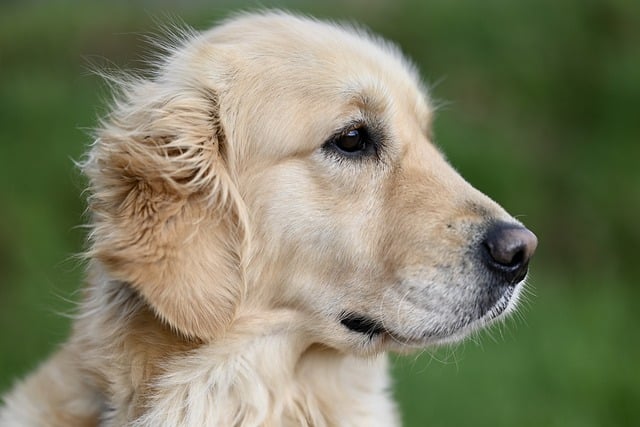
Caring for a healing paw ties into bigger responsible pet habits in the U.S. First, stay on top of vaccines: all states require rabies shots by 4 months old, with fines up to $400 in Houston for skipping them. A healthy dog’s immune system heals faster, so this matters. When out walking, always carry poop bags—failing to clean up in Chicago can cost $250, and a bleeding paw pad means extra care to keep public spaces sanitary. For apartment dwellers, lay down soft rugs near doors to protect healing pads from hard floors, which can rub and slow recovery.
Remember, never force your dog to walk on a sore paw. If Milo resists, carry him or use a small pet stroller—positive reinforcement (a treat when he lets you inspect the paw) builds trust, making care easier. At community parks, keep a healing dog leashed and away from rough play—excited tugs can reopen wounds. And skip harsh scolding if he licks the paw; redirect with a chew toy instead. Fear slows healing, and a stressed dog takes longer to bounce back.
Most of the time, your dog’s paw pad will heal with a little rest and gentle care. And when Milo trots over, his pad smooth and strong, ready for your next walk? That’s the best proof—nature’s pretty good at this, especially with a little help from you.

How to get dead flaky skin off a dog? If you’ve ever buried your face in your golden retriever “Max’s” fur for a cuddle, only to pull back with tiny white flakes clinging to your sweater

Will my dog’s paw pad heal on its own? If you’ve ever ended a walk with your Australian shepherd “Milo” to find tiny spots of blood on the sidewalk, then noticed a ragged scratch on his paw pad
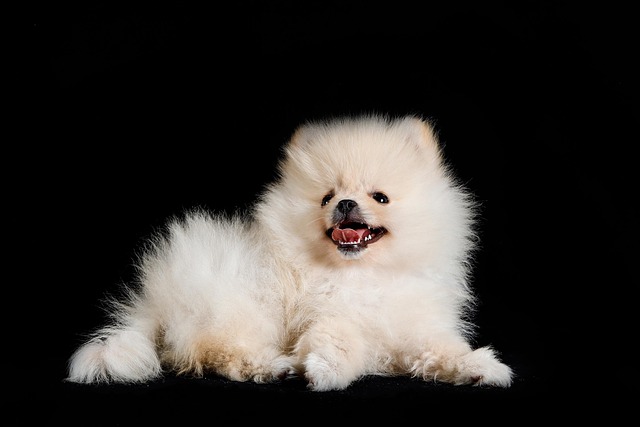
You’re out in the yard, watching your dog chase a ball, when you notice they’re moving a little stiffly—maybe hesitating before jumping up on the porch, or limping slightly after a quick run.
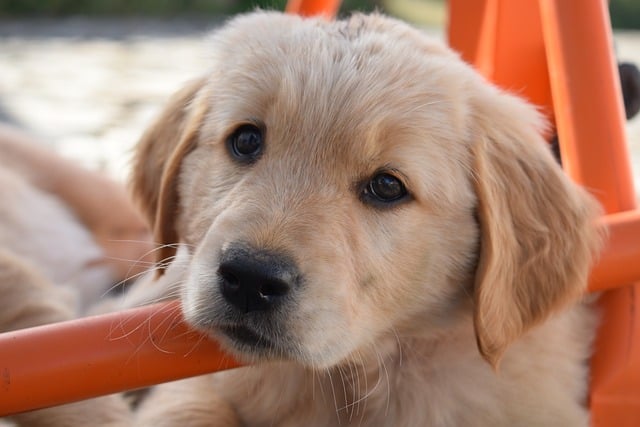
How do I toughen up my dog’s paw pads? If you’ve ever watched your 3-month-old golden retriever puppy “Buddy” pause at the edge of the sidewalk
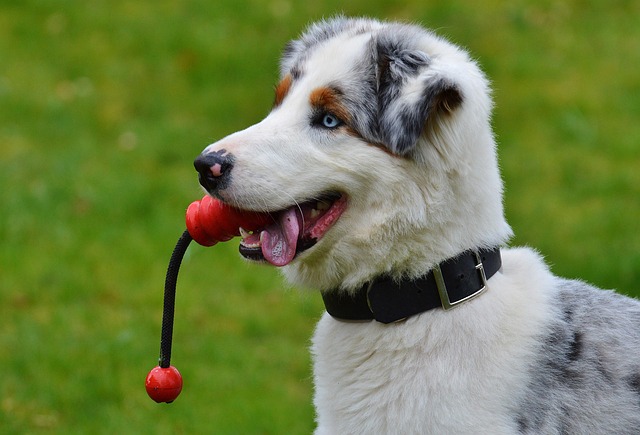
It’s a scenario many new dog owners know too well: you wake up to find your pup’s bed dotted with small puddles of diarrhea, or they turn up their nose at breakfast and let out a low, unhappy whine.
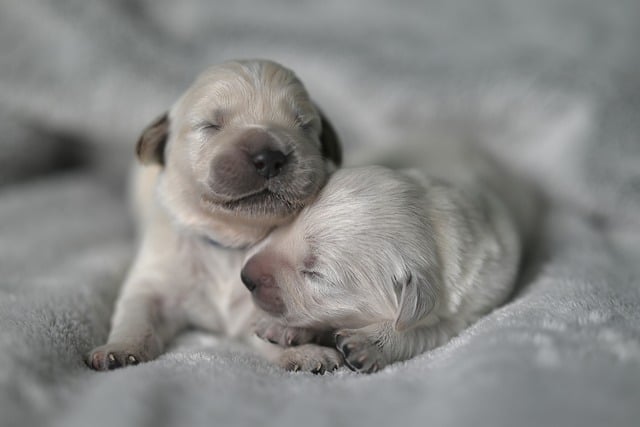
That unmistakable fishy odor suddenly filling your studio apartment, or your pup doing an urgent "scoot" across your favorite rug – it’s frustrating and concerning.